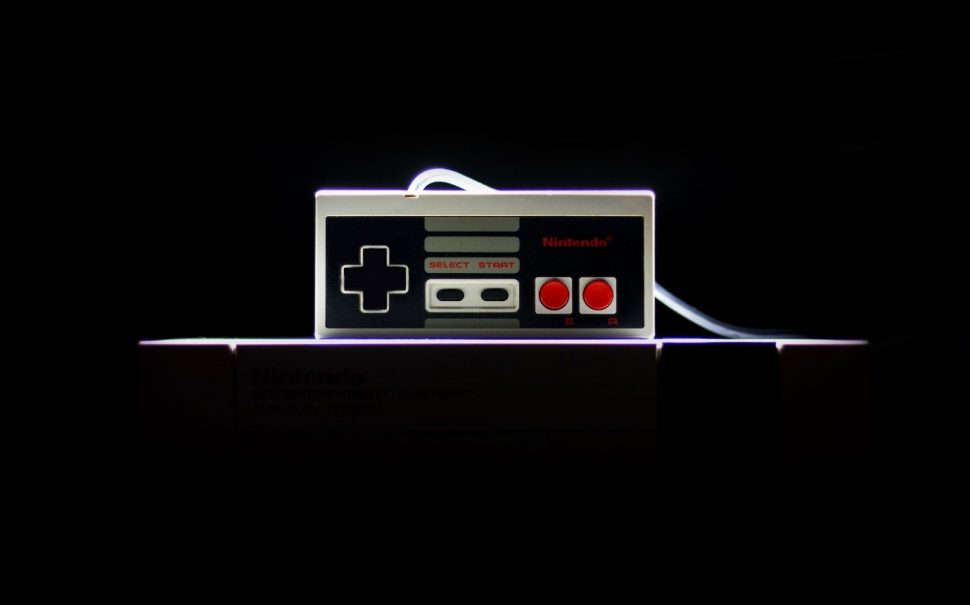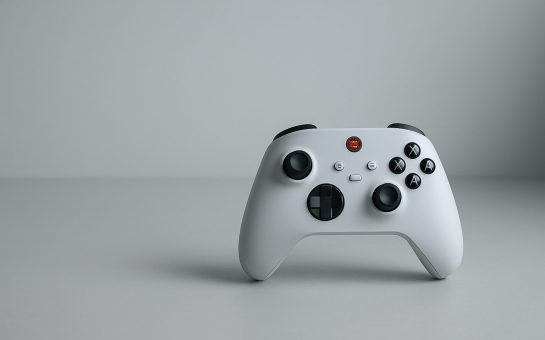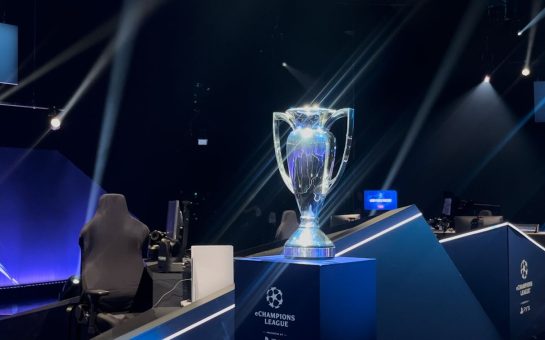Video gaming has traditionally been viewed as a man’s world. From male-dominated character rosters to damsels in distress, video games have long been idealised as ‘for men’. In 1989, Nintendo released the Game Boy whose own name suggests this target audience.
Video gaming is often noted for its sexualised portrayal of female characters with scantily clad female characters whose bodies follow neither human biology nor physics in the way their behemoth breasts defy gravity.
There are signs of change. The success of Sony’s Horizon Zero Dawn which features a female main protagonist who is portrayed not as a sexualised supermodel but as a realistic-looking woman suggests a positive turn in the way women are represented.
Still, the gender biases in video gaming culture don’t start or end with sexualised portrayal of women in games. Video gaming still seems to centre on the idea that gamers are men and so games should be made for men, by men.
The idea that gaming is male dominated can be easily disproven – a 2020 study found that 45% of video game players are women.
Despite this, women lack strong representation throughout gaming whether it’s as playable characters, as video game developers or as gaming-orientated streamers. IDGA found that only 22% of employees in the video game industry were women in 2014 whilst only 3 of the top 100 earners on Twitch, a well-known streaming platform, were women.
NinjaStarship, a female streamer on Twitch, said, “I’ve noticed that as a female on Twitch, people have no hesitation to ask you any question that comes to their head.
“I think they just have this default where it’s like, they’re the streamer, and they’re there to entertain me.
“They’re a little bit more competitive or combative If you say no, compared if a guy was like, ‘I’m not co-oping’ usually It’s immediately dismissed as ‘okay, I’ll come back on a day where you are’.
“When I first started getting into Twitch it was very male dominated and the top streamers are male dominated.
“It’s getting better, especially in the newer categories if you start looking and looking into what you enjoy.”
Video gaming has improved in the last 20 years in most aspects, but the one that continues to plague it is the way women and feminine-presenting people are treated in gaming spaces. Women are often the subject of abuse and hate simply for being women in gaming spaces.
A study on male violence in video gaming in 2016 found that women may attempt to avoid this abuse by adopting certain strategies such as emphasising having a high skill level, hiding their identity with gender-neutral names or avoiding voice communication.
Women and feminine-presenting people being forced to engage less with their games and their communities contributes to the idea that video games are for men and that women don’t belong – or want to- be involved in them.
NinjaStarship spoke of her own ways to combat this abuse, “I don’t open mic games that have it.
“I think that’s usually the best way to protect yourself unfortunately.
“The sexual abuse becomes worse the younger you are because they know they could kind of make you leave.
“It’s a way of gatekeeping their game.”
MM also spoke to Amanda, a player of various online gaming communities about their experiences with abuse in video games.
“I’ve seen a lot of Valorant games or Fortnite where people are online voice chatting and they’re being incredibly sexist and think that women can’t do anything, that they’re not good at video games.
“I’ve been afraid to play any game on XBOX, any kind of game that has a live chat I’m always wary of.”
Not all male gamers are abusive to women and feminine-presenting gamers of course, many can be subject to abuse because of their sexuality or race and many more are simply witnesses to the abuse others face. According to a 2012 study, some male gamers may feel excluded when women are represented in their spaces, and so it was appropriate to get a male perspective on these issues.
Streamer and Countdown participant mop3476twitch said, “Girls playing games generally tend to be scrutinised a lot more.
“A guy makes a mistake and it’s seen as ‘oh, this person’s mad’ whereas a girl makes some mistakes and it’s ‘oh, girls can’t play games’.
“You only have to go as far as any sort of public chat in any lobby of pretty much any game with a large enough player base and you will see some horrible comments and jokes, a lot of which are pretty misogynistic in nature.”
For all of its improvements in the last 20 years, video gaming’s culture and communities continue to contain bigotry and a ‘core gamer’ mindset that shuns everyone but the average straight white young male gamer. It’s important to look at how and why the sexualisation and abuse of women in gaming occurs and how it can be combated.
Main photo by Tomasz Filipek: https://www.pexels.com/photo/low-light-photo-of-nes-controller-1637436/




